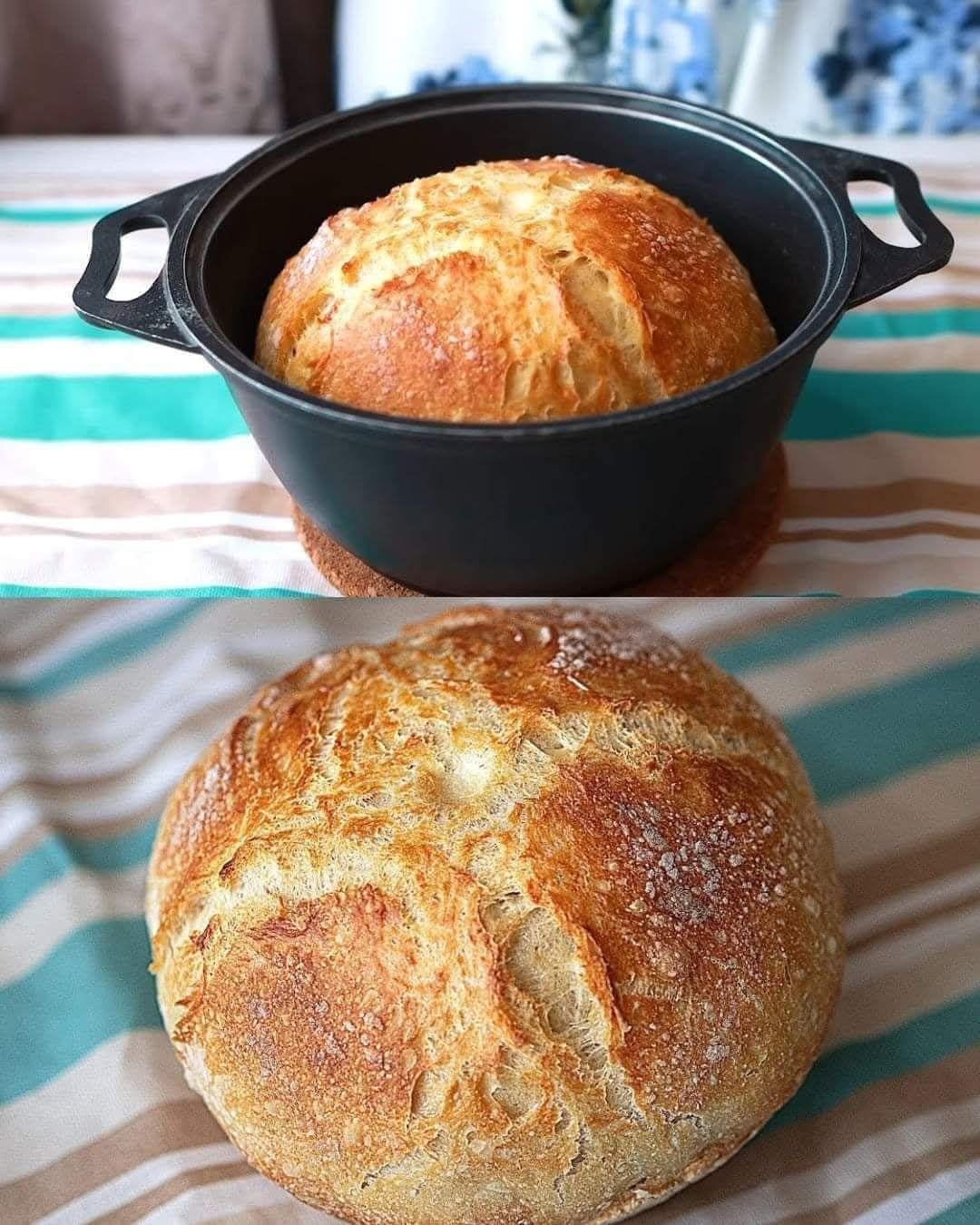ADVERTISEMENT
**Instructions:**
1. Combine the yeast, sugar, and warm water. Let sit for 5 minutes to activate the yeast.
2. Add the flour, salt, and butter to the yeast mixture. Mix until the dough forms.
3. Knead until smooth, then let the dough rise for 1-2 hours.
4. Shape the dough and place it in a greased loaf pan. Let it rise for an additional hour.
5. Preheat the oven to 375°F (190°C) and bake for 25-30 minutes.
### B. Whole Wheat Bread
**Ingredients:**
– 3 cups whole wheat flour
– 1 cup all-purpose flour
– 1 packet active dry yeast
– 2 tbsp honey
– 1 ½ cups warm water
– 2 tbsp olive oil
– 1 tsp salt
**Instructions:**
1. Activate the yeast in warm water with honey. Let it foam for 5 minutes.
2. Add the whole wheat flour, all-purpose flour, salt, and olive oil. Mix to form a dough.
3. Knead until smooth, then let it rise in a warm spot for 1-2 hours.
4. Shape the dough into a loaf and allow it to rise in a greased pan for another hour.
5. Bake at 350°F (175°C) for 30-35 minutes until golden brown.
### C. No-Knead Artisan Bread
**Ingredients:**
– 3 cups all-purpose flour
– 1 tsp salt
– 1 tsp active dry yeast
– 1 ½ cups warm water
**Instructions:**
1. Mix the flour, yeast, and salt in a large bowl. Add the warm water and stir until combined.
2. Cover the bowl with plastic wrap and let it sit for 12-18 hours at room temperature.
3. Preheat the oven to 450°F (230°C). Place a Dutch oven inside to preheat as well.
4. Turn the dough out onto a floured surface and shape it into a ball.
5. Carefully transfer the dough to the preheated Dutch oven and bake for 30 minutes with the lid on.
6. Remove the lid and bake for another 10-15 minutes to brown the crust.
—
## 5. Troubleshooting Common Bread Baking Problems
Even the most experienced bakers face challenges now and then. Here are a few common issues and their solutions:
### A. Bread Didn’t Rise
This could be due to expired yeast, water that was too hot or cold, or the dough not being placed in a warm enough area. Make sure to activate the yeast properly and keep the dough in a warm, draft-free spot.
### B. Dense or Heavy Bread
Over-kneading, using too much flour, or under-proofing the dough can lead to dense bread. Be gentle when handling the dough, and make sure it has enough time to rise.
### C. Crust Too Hard
A hard crust could be a result of too high of an oven temperature or too much steam in the oven. Lower the temperature slightly and avoid excessive steam if you prefer a softer crust.
—
## 6. Conclusion: The Joy of Homemade Bread
Baking bread at home is not only a rewarding experience, but it also allows you to create something truly unique and personal. By understanding the ingredients, techniques, and variations, you can experiment and craft loaves of bread that suit your tastes perfectly. From simple white bread to hearty whole grain loaves, there’s always a new recipe to try.
The most important thing is to enjoy the process. Knead with care, watch the dough rise, and savor the delicious, warm loaf when it’s ready. Happy baking!
